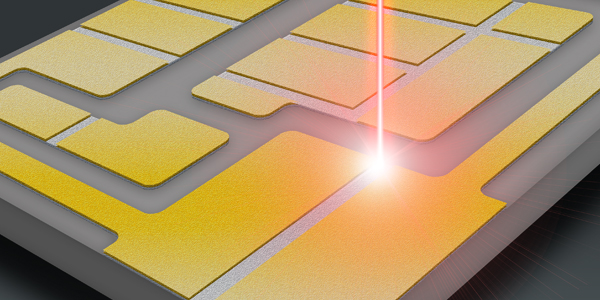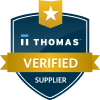Laser Ablation vs. Chemical Etching and Solder Dams

Understanding laser ablation vs. chemical etching and solder dams when looking to control solder flow or remove layers of unwanted materials from a printed circuit board (PCB) or integrated circuit (IC), is pretty basic science.
Laser ablation is a process that removes layers of materials from the surface of a solid object while leaving the base material intact. It offers built-in advantages that often make it a preferred process vs. chemical etching and solder damming with glass or dieletric material.
By contrast, chemical etching removes (or subtracts) unwanted material, such as conductive material or paint, by masking and then immersing the object in a bath of corrosive liquid. How much material is removed (and to what extent the base material is left undamaged) is often determined by trial and error and involves factors such as the concentration and composition of the chemical, the material to be etched, and the temperature.
Different still are solder dams which are are created using photolithography-like methods in an additive way to prevent solder on a PCB from flowing into areas where it shouldn’t. To prevent this, PCB designers install dams formed by glass or other dielectric. — a process that can be costly in terms of processing time, labor and scrap materials.
Laser Ablation vs. Chemical Etching
Rather than use a corrosive chemical bath, laser ablation removes unwanted material by irradiating the surface with a (usually pulsed) laser beam that heats the material and causes it to evaporate or sublimate. How much material is removed can be precisely controlled and varies based on the amount of laser energy applied per pulse, the pulse rate and the material’s optical absorption characteristics.
Compared to chemical etching, the advantages of laser ablation include:
- - More environmentally friendly (no solvents used)
- - Less hazardous to workers (again, because there’s no corrosive solvents)
- - More readily automated, such as with robots, for more consistent results and higher productivity
- - More precise control and protection of your circuits (thereby reducing the possibility of damaging the base surface)
- - Less trial-and-error, again for more consistent results and higher throughput
- - No expensive tooling charges
Laser Ablation vs. Solder Dams
While solder dams control solder flow by steering the solder where it is supposed to go, laser ablation controls flow by using a laser pulse to create a trench around solder pads. That way, solder does not flow through the trench, contacting nearby conductors and causing a short.
Compared to solder dams, the advantages of laser ablation include:
- - More environmentally friendly (no glass or other dielectric to dispose of)
- - Less labor intensive
- - Highly repeatable for more consistent higher-quality results resulting in higher yields
- - More precise (typical solder dams are 0.030 inches versus laser trench widths of 0.007 inches — so you can reduce your circuit size)
- - It's just plain faster
Of course, whether your goal is to remove unwanted material from a surface or to control solder flow, your particular application needs to be viewed in terms of its specific requirements. That’s why we recommend getting in touch with us first, before you commit any of these technologies.
For a fast, free upfront assessment of which technique might be best for you visit our support page.
To learn more, download our tech brief, "Laser Ablation: The Alternative to Chemical Etching and Solder Dams."




